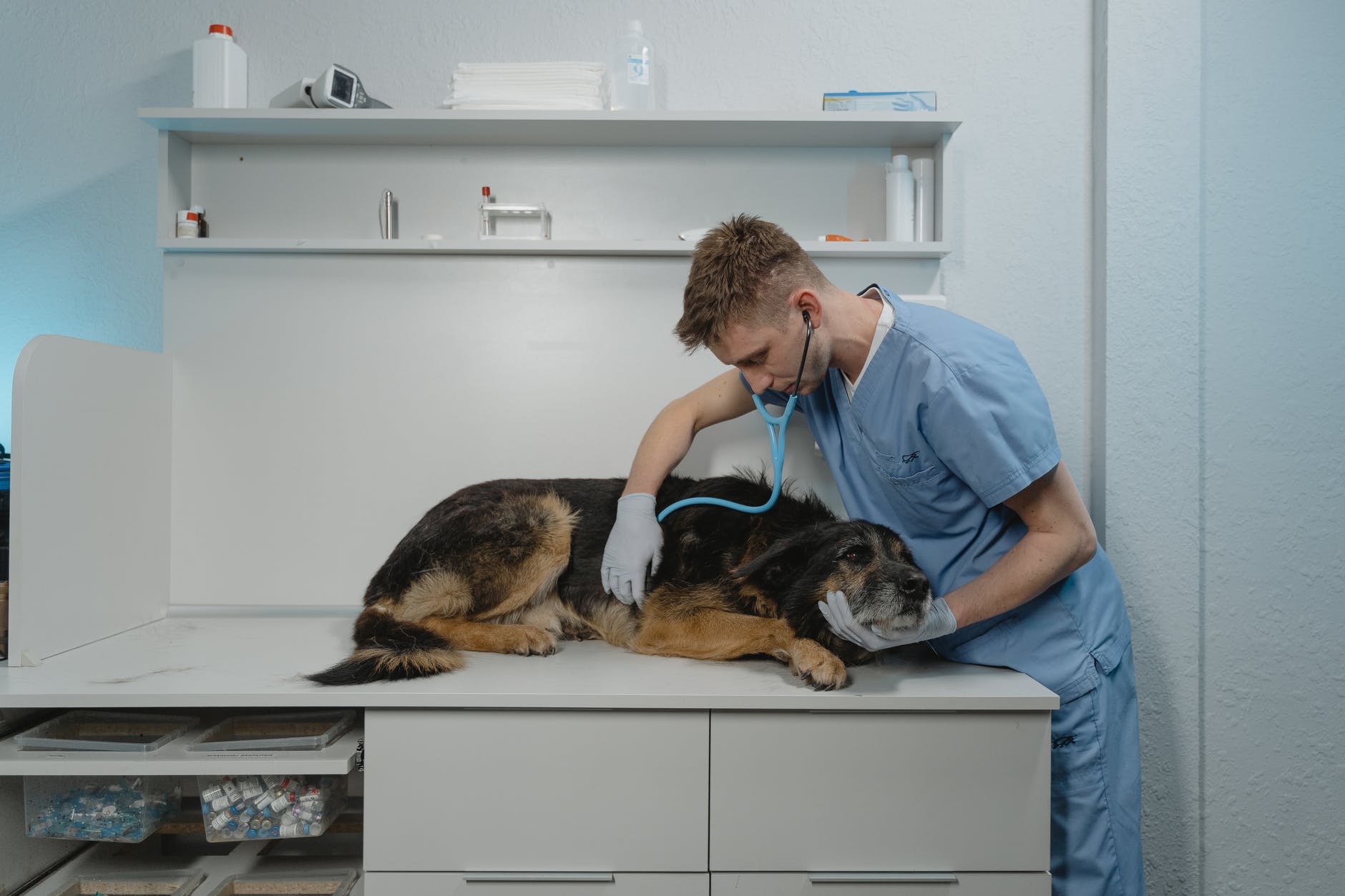Animals can get sick even with the most careful precautions. It can be an experience that is difficult for both the pet and you when it happens, particularly considering that you can not simply ask your pet what’s wrong. It’s best to speak with a veterinarian who can detect the issue and manage your dog correctly.
Although a veterinary center’s primary focus is on your pet’s health, they should likewise have the tools and competence to offer a quick and precise medical diagnosis and non-surgical treatments for diseases affecting your pet’s internal organs and systems. You can rely on a trusted vet health center when your pet needs treatment.
Internal Medicine Veterinarian’s Primary Services
If you and your vet decide to investigate more extreme screening and treatment or seek a second opinion, pets will get looked after to the greatest requirement by internal medicine. Internal medicine experts go through postdoctoral residency, which provides huge experience and comprehension to determine and deal with clients struggling with intricate problems.
These are the primary analyses and services of animal internal medicine veterinarians.
Endoscopy
An endoscope is a gadget that is inserted into the pet. It comprises a thin, long, versatile (or rigid) tube fitted with a camera. The screen then shows images of the inside of the patient’s body.
It can often find conditions that trigger vomiting, diarrhea, weight loss, abdominal pain, and stomach discomfort, in addition to a lack of appetite, nasal discharge, or respiratory issues for your pet.
Computed Tomography Scans
Computed tomography, likewise known as CT scanning, creates high-resolution pictures of the pet. Computed tomography (CT) scan has been proven to be among the most reputable imaging diagnostic methods.
The results are important for recognizing small masses and evaluating the extent of injury in trauma-related conditions that can not be visible on standard ultrasound or radiography. CT scanner is the ring that rotates around your pet. A CT scanner’s extensive images help to make the most accurate and fastest medical diagnosis.
Ultrasound
It is a procedure that uses waves to analyze your pet’s internal organs. Ultrasound produces a live-streaming image of your pet’s organs, allowing vets to find abnormalities or signs that aren’t evident by X-rays.
Ultrasounds can examine your pet’s abdominal organs and discover malignancies or swellings. Ultrasound can also be utilized to aid in the collection of samples of cytology or biopsy. In certain circumstances, sedation or mild anesthetics might be suggested.
You can also click here to learn more about the best professional services out there for senior dogs.
X-Ray and Diagnostic Imaging
The most popular and efficient medical diagnostic tools are radiographs, frequently described as X-rays. After an extensive exam, diagnostic tests are required to identify the causes of your pet’s disease.
Veterinarians look at the bones, stomach, lungs, heart, and other locations with digital X-rays to determine various surgical and medical problems. Because specific health problems can be complicated and immediate, innovative diagnostic abilities are vital for veterinary medicine’s emergency and referral practice.
If you are looking for the best pet surgery out there, you can search “dog and cat surgery near me” to see the nearest professional service available.
Magnetic Resonance Imaging
Magnetic Resonance Imaging (MRI) uses an electromagnet to analyze soft tissues, such as the spine, brain, and nerves. The magnetic field in the shape of a tube and radio wave pulses produce images of the bodily structure.
Non-invasive MRIs can be utilized to determine modifications of fragile organs. MRIs need that animal to go through general anesthesia.








